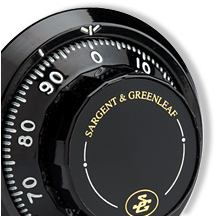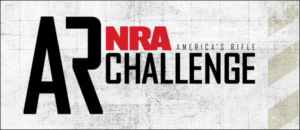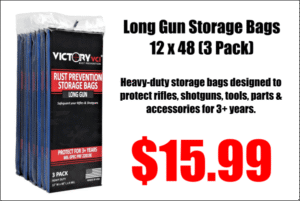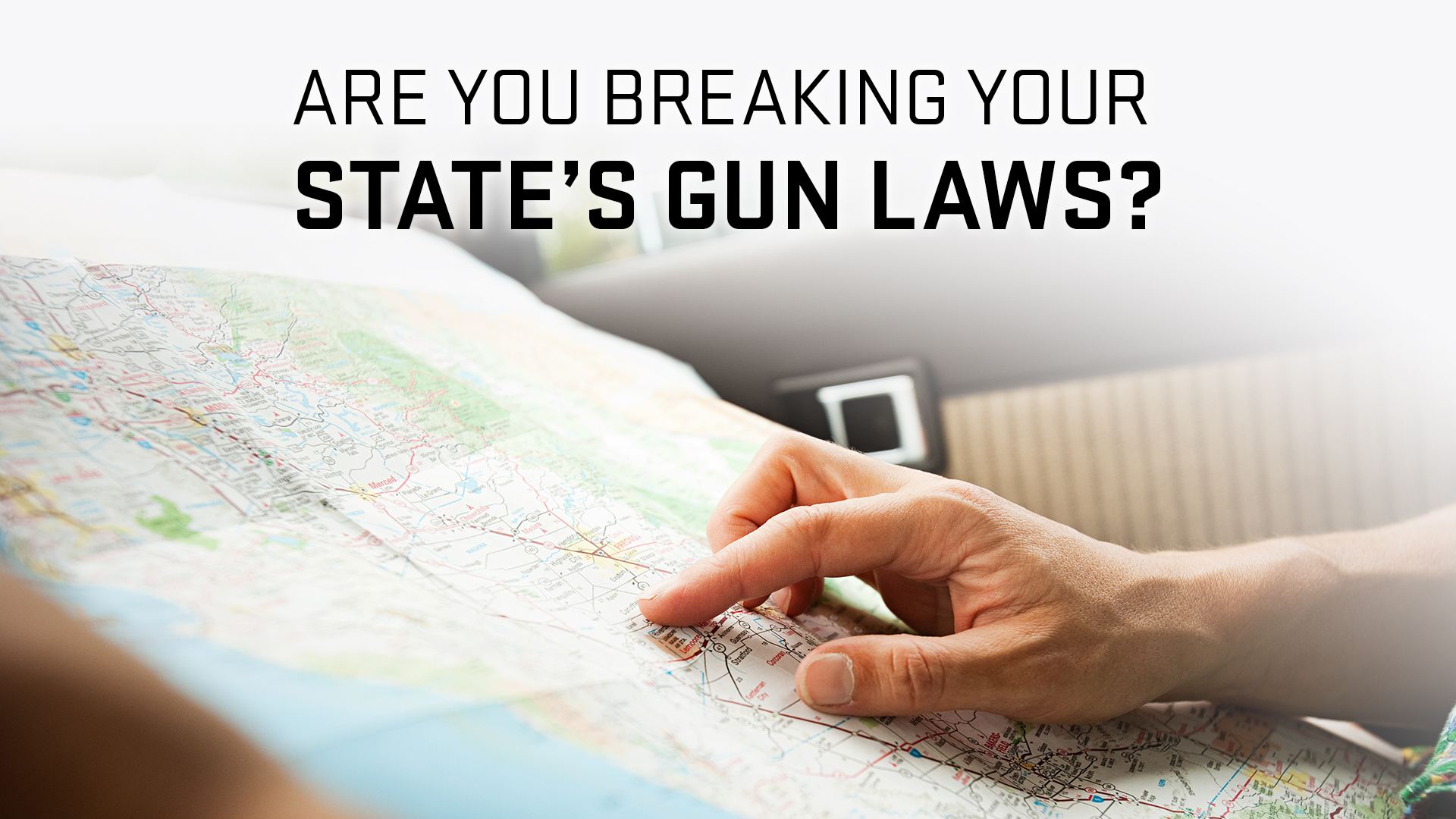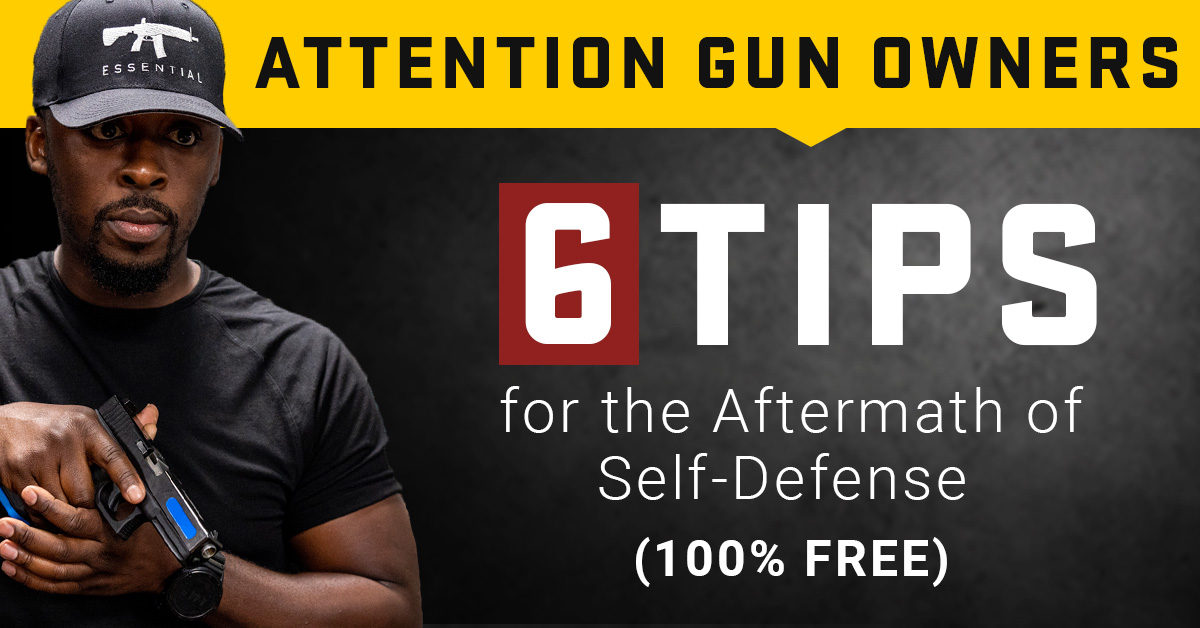Saturday, October 14th 2023Saturday At The Movies: Gun Safes – What You Need To KnowIntroduction – What You Need In A Security Gun SafeYou need a safe if you own firearms. In some states like California, if you do not own a gun safe, you could be held liable if your firearms were stolen. It is not an easy decision to purchase a safe. There are many safe manufacturers, and there are countless design choices. It can be difficult to separate the truth from the marketing claims. Today’s Saturday Showcase videos will help you sort out the facts and the marketing claims. You’ll learn about the best safes for long-barreled rifles, modular safes and smaller handguns. You’ll also find expert advice about how to install the safe in your home, and how to prevent rust on its contents. Recommended Safe Features for Long Gun Storage Editor’s recommendation: Budget between $1200-1500 for an exterior hinged safe with a minimum interior height of 58″ inches. This will allow you to store rifles with barrels up to 30”, and the top shelf can be used for valuables or handguns. A rotary rack or slide-out drawers can be great additions. Dial or Keypad? We prefer rotary dial locks. They will last for decades with minimal maintenance. The digital locks are convenient and offer quick access. If you go digital, get a commercial-grade unit. A thin layer of sheetrock is not enough to make a safe “fire-proof”. Interior must be at least 58″ high and 30″ wide
Overall Weight: 750 Pounds and Above
8 Gauge or Heavier wall Thickness
Double-Wall Composite Door with Relockers
Minimum UL RSC Rated. Minimum UL RSC Rated.
External Hinges Mechanical UL Group II or better Lock with Standard Dial
Or UL Type 1, Commercial-Grade, Electronic Lock Custom Interior for Scoped Guns With Long Barrels
On-Door Storage for Non-scoped long Guns OR
Rotary Gun Rack for Scoped Rifles & ARs, Internal (sandwiched), Reinforced if Sheet Rock
Palusol? Palusol?
Fire-lined inner safe for paper and media with a low-gloss, rust-resistant external finish
Pre-drilled holes in the rear for Electric Cord and Lag Bolts.
This video covers the key features of a gun safe — Seven Things To Consider Before Buying A Gun Safe. Not all gunsafes are the same. There are many variables – fire ratings, burglar rating, colors, lock options, internal capacity and storage, and others. You should also check the policies of the safe-maker regarding digital passcodes. This is especially important in light of the recent controversy surrounding Liberty Safes. You don’t want to have your passcode disclosed without a warrant or without your consent. Dos and Don’ts of Safe Buying Purchase a larger safe than you think you will need.
Your gun collection will grow over time. A good safe can be used as more than a gun storage locker. It can also be used to store other valuables in your family. You will quickly fill even a large, expensive safe. Spend money on the features, size, and protection you want. Your gun collection could be worth tens of thousand of dollars. Some visitors to this site would not hesitate to spend $1300 on a custom action, or $1800+ on a competition scope. Yet they wouldn’t spend more than a couple hundred dollars for a safe. This is not common sense. Consider a used safe if you’re on tight budget. Safes, unlike many other products do not wear out with time. You can buy a high-quality commercial safe at a fraction of the cost to remove it when businesses move. Spend more on a fire-resistant safe.
You can waste a lot of cash on “fireproofing” which isn’t very effective. If sheet-rock is being used, make sure it is installed properly. It’s a good idea to buy a small, commercial-grade firesafe to place inside the gunsafe if you have important documents and media files. Double protection is provided by this method. Look at different brands before you purchase.
There ARE differences between brands. Browning, for example, offers a unique rifle rack mounted on a door (patent pending). Zanotti has slide-out drawers, and a modular system that makes it easier for the owner to move. Ft. Knox uses a sophisticated method to secure and stabilise its fire-proofing layer within the safe. Brown offers custom exotic wooden interior shelving and safes that offer commercial-grade burglary security (much thicker metal with heavy composite walls and doors). Amsec offers proprietary “DryLight”, poured concrete-type insulation that is stronger than sheet-rock panels. Do not forget to check the safe’s specs.
A safe’s size and weight do not guarantee its security. Heavy-gauge is more resistant to drilling and cutting than lighter 12- or 14 gauge steel. Some safes have walls that are so thin, they can be penetrated by a fire ax. We recommend steel that is at least 10-gauge, but 8-gauge is better. The safe should have a UL RSC rating (Underwriters Laboratories Residential Security Container) or higher. Do ask about the safe’s safeguards to prevent tampering.
A quality safe will have extra armor or devices that prevent drilling. Safes of low quality can be opened within minutes using simple battery-powered tools. Relockers should be installed in all safes to ensure that the safe will remain locked even if it is broken into. Relockers are pins that are activated during an attack and cannot be retracted. The number of relockers in a safe can range from 2-10+, depending on its size and burglary rating. Store no powder in your safe. A metal box tightly sealed with a large amount of powder is a bomb. Powder should be stored in a separate cabinet or plastic container. Powder should be kept dry and away form moisture and light. Do not make the mistake of buying an undersized safe. The most common mistake that people make when purchasing a gunsafe is to buy one that’s too small. This video explains the reasons why you should invest in a larger safe. First, the stated gun capacity is exaggerated. Rifles with mounted optics, large barrels, and/or wide forearms or pistol grips require more space than small rimfires or lever guns with iron sights. Second, you can expect your gun collection to grow in the future. Third, you might want to store other valuables, such as important documents, jewelry and watches, or expensive electronics, in the safe. This video’s host says: “Get a larger safe than you initially think you will need.” This will ensure that you have enough space for future purchases as well as all the guns and other equipment you already own. This Winchester gun safe did not do well during a major fire. You should buy a safe that has a high fire rating. This video shows features of a large Superior Safe Co. Gunsafe with internal organizers, and door storage for accessories and handguns. Modular Safes – A Smart Option for Easy Moving This article includes a great video that shows how to assemble the modular safe in less than 30 minutes. This article explains the benefits modular gunsafes – primarily easier transportation and installation. “Modular gunsafes have been around a few decades and are becoming increasingly popular. The safe is delivered in panels so you can take them home one by one and assemble it wherever you want. This makes it easier to carry up and downstairs, into elevators or anywhere else! Is it as safe as one that is pre-assembled? Five Good Gun Safes under $500 We understand that some readers are on a budget. This video examines some lower-cost safes that are available for under $500.00. This video was made in 2022. Bidenflation may have increased the prices of gun safes in 2023. We recommend that you spend more on a full-size gun safe. The investment in a better quality safe with a better fire rating is worth it.
Recommendation UL Group II mechanical or commercial-grade electronic dial lock. We prefer rotary-combination locks for gun safes. Commercial-grade electronic locks have become very good. Combination locks are less convenient and slower to open compared to electronic locks. However, they are more durable and trouble free than digital locks that can be found on low- and medium-cost safes. Sargent & Greenleaf’s model 6730 (UL Group II), a combination lock, is the industry standard. The director of Sturdy safes stated: “An S&G6730 will work fine when your grandchildren’s grandchildren have grandchildren.” We also recommend the standard “front-read”, high-visibility white on black dial. These electronic locks are known to fail relatively quickly. The keypad internals simply wear out. If the lock fails when the door is closed on some of these designs you will need to hire a professional gunsmith who will drill the safe and replace the locking assembly as well as the keypad. Re-program the combination of any electronic lock periodically to prevent keypad wear patterns from revealing the numbers you press to open the safe. When you change your combination, make sure to note the new setting. If you choose a dial lock design, select one that is UL Group II or better certified. If you decide to use a digital lock, it is recommended that you choose a lock that meets UL Type I Commercial Grade certification from LaGard or Sargent & Greenleaf. Commercial-grade locks such as the S&G Comptronic 6120 or LaGard SafeGard are more robust and designed to be used at least 20 times a week in retail and bank environments. A good commercial digital lock with keypad should last at least 10 years before it needs to be replaced. You should replace the battery in any digital lock at least once per year. Normally this can be done without professional assistance.Quick-Access Handgun Safes — Pew Pew Tactical Reviews A rapid-access bedside safe is a great way to keep your pistol secure, but also readily available, close at hand. Not all rapid access pistol safes are the same, however. John from Pew Pew Tactical shows you what to look for when buying a small pistol box, and explains the pros and cons of four different safes.
Very good safe, but expensive ($299.00 on Amazon). Vaultek Electronic Pistol safes
GunVault SpeedVault Handgun safe
Top photo from Sportsman Steel Safes. The Sportsman Steel Blog has many informative articles.
Similar PostsTags: Dial Lock Gun Safe, Fire-Proof Safes, Relocker, Rotary Locks, Vauilt
